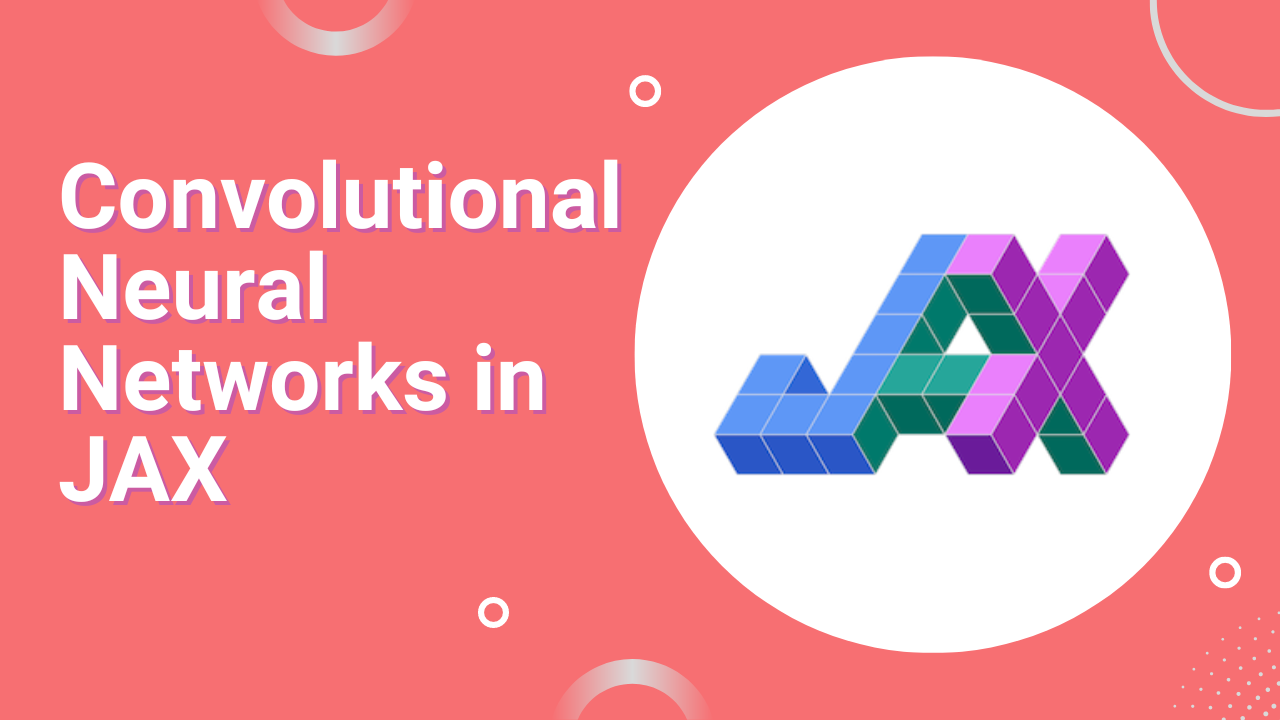Apart from designing custom CNN architectures, you can use architectures that have already been built. ResNet is one such popular architecture. In most cases, you'll achieve better performance by using such architectures. In this article, you will learn how to perform distributed training of a ResNet model in
